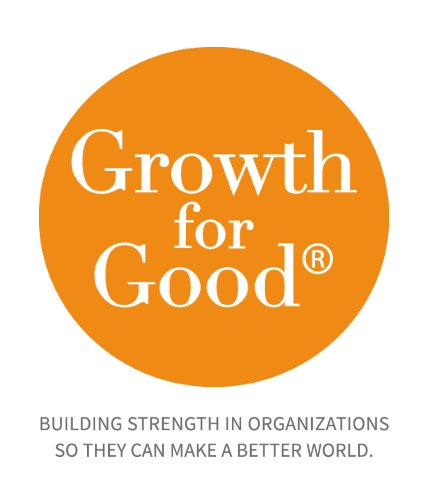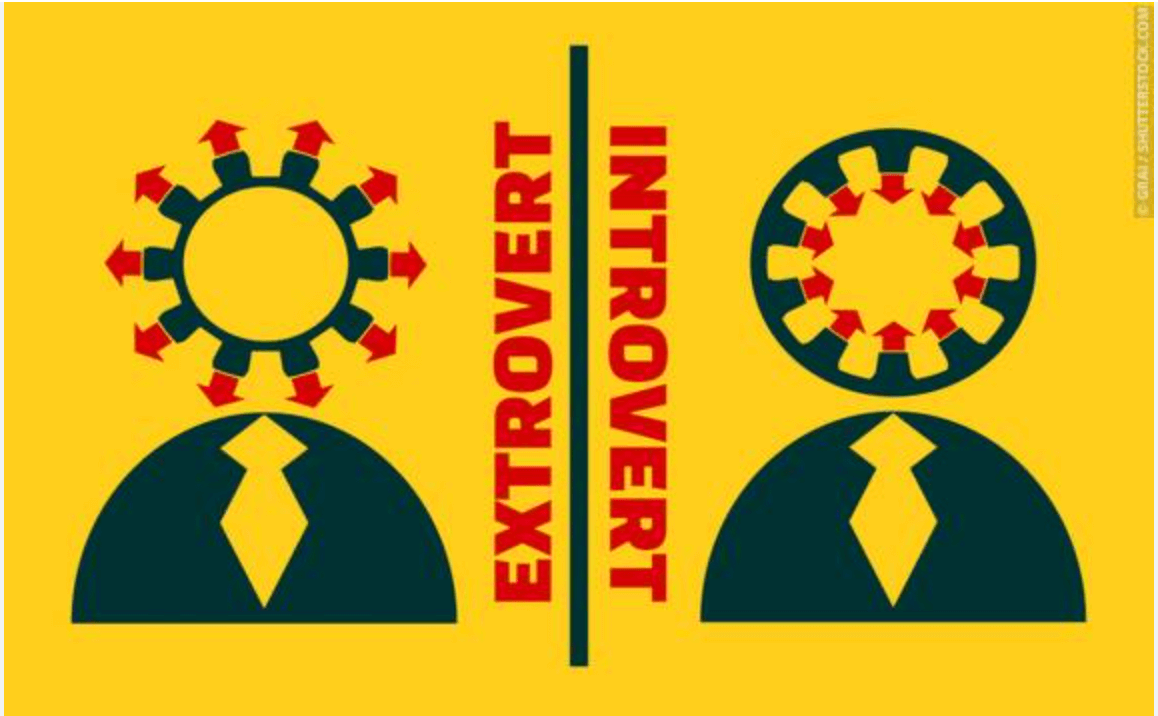The Balance of Power between Boards and Executive Directors: How to Share Authority
What constitutes a healthy relationship between an executive director and a board of directors? How can organizations strike a healthy balance of power? These are the questions Growth for Good helps nonprofits with every day. Most successful executive directors are entrepreneurial self-starters. They are mavericks. These characteristics inspire them to provide services to the world that the free market cannot provide, e.g., arts education, youth development, senior services, affordable healthcare. They lead lean organizations with fewer resources than their for-profit counterparts. And, while their “get it done” attitude is what makes them successful, unchecked, it can be a barrier to healthy board relations and organizational growth. Executive directors often feel they do not have time to seek input from board members, thus making decisions in a vacuum. Board members are left asking themselves “Why are we here?” When board members have minimal opportunity for meaningful input beyond basic legal and fiduciary oversight and fundraising, they lose interest, pull away, and stop contributing energy, ideas, and money. This disinterest further drives the executive director to act alone. We call this downward spiral the “Lone Ranger Syndrome.” Growth for Good believes that healthy board and executive director relations come down to thoughtful and inclusive planning processes and honest and ongoing communication of progress toward goals. As one executive director said, “You can’t build an airplane while you are flying.” Good planning must include an organization’s executive director/staff and board leadership. This includes all planning categories: strategic planning, fundraising planning, and event planning. Plans should not be expressed in a few PowerPoint slides with broad sweeping statements and visions of grandeur. Instead, plans should include:
- agreed upon and clearly defined goals;
- time-bound and measurable objectives;
- realistic budgets;
- specific tasks; and
- well-defined roles and responsibilities.
An inclusive planning process is time-consuming and less efficient than some executives would like. But it is essential that it include board and staff members so there is real buy-in with their responsibilities. By helping to set the vision, board and staff members are eager to do their best work. Another executive director said, “Too many nonprofits only present a rosy picture to their board and sweep challenges under the rug.” Both formal and informal communication is essential to board and executive director cooperation. Board meetings are the forum to report on program progress, budgets, and to make governance decisions. Informal communication between board meetings among staff and board members is also critical. This builds trust. Staff members feel safe and can be frank about progress (or lack thereof) toward an objective. It also allows board members to become advocates and help offer solutions, find extra resources, and use their executive intellectual skills to move the agenda. This article developed by Katherine DeFoyd was published in the Support Center/Partnership in Philanthropy’s Knowledge Byte [photo credit to the Support Center]. We hope this advice helps your organization build a better board!
Recent Posts
Subscribe to Our Newsletter
* These fields are required.
Contact Us
500 Summit Avenue
Maplewood, NJ 07040
P: 973-762-7645
E: contact@growthforgood.com






